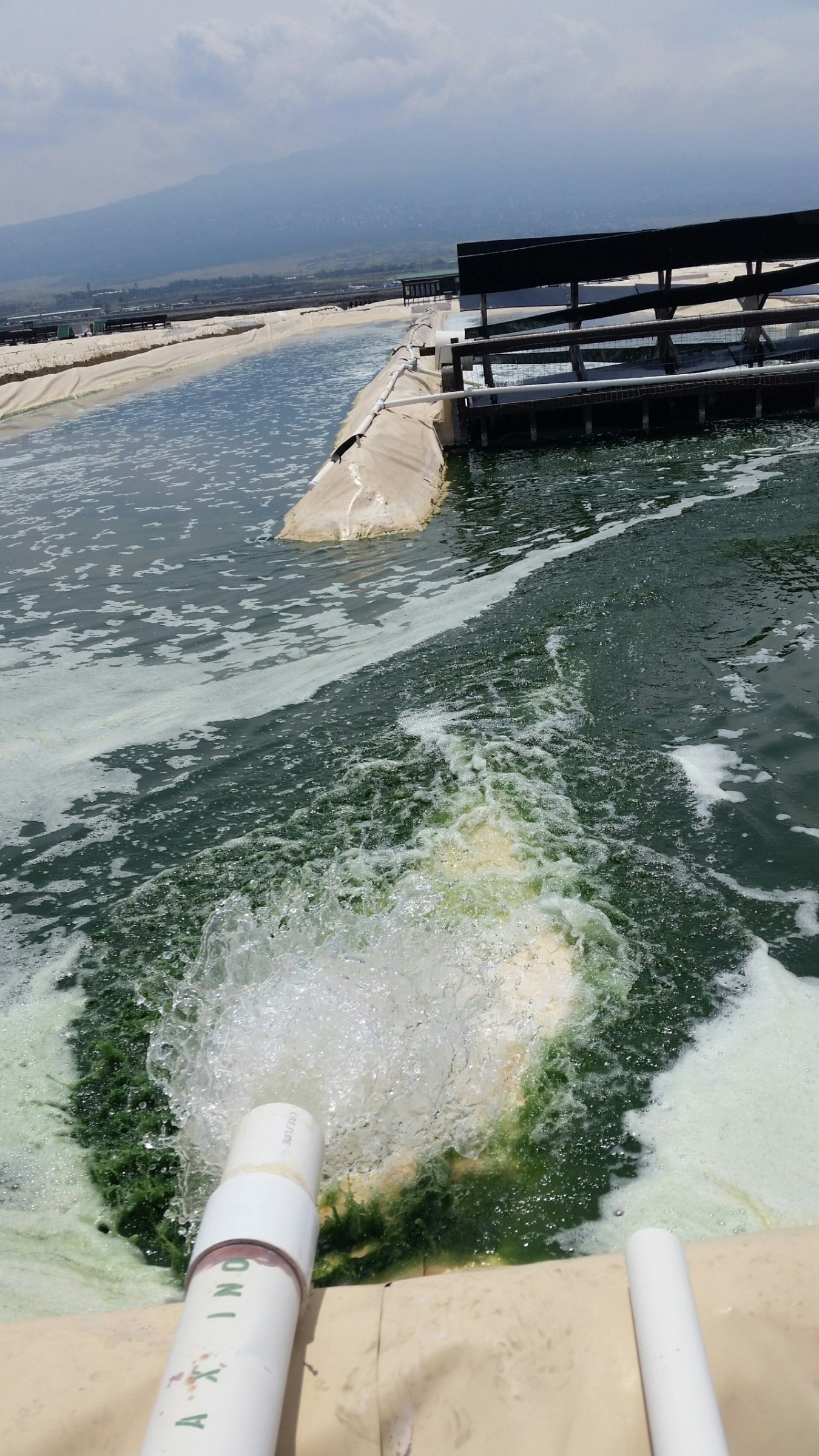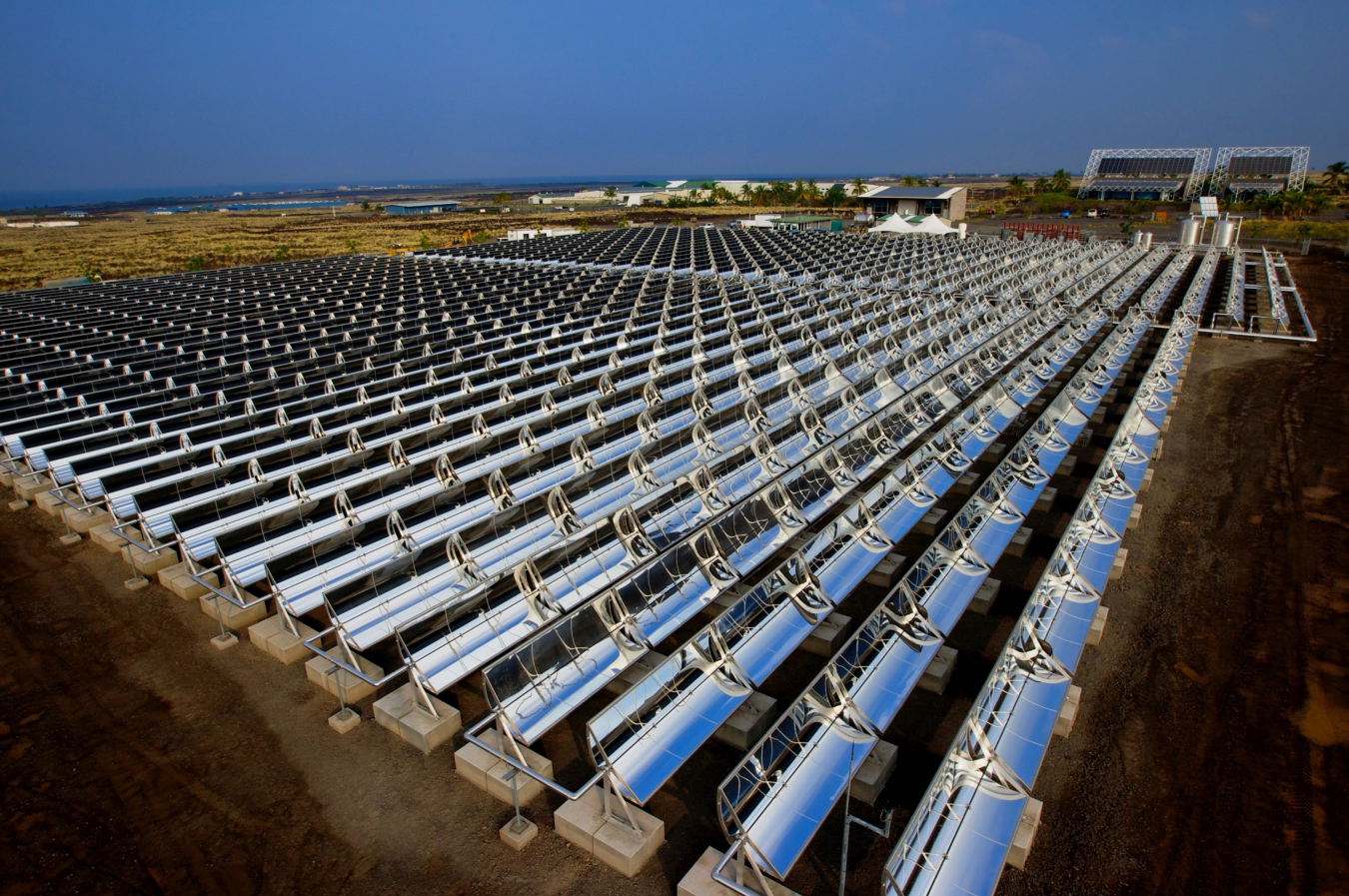EERE Success Story
Read about NELHA and Trevi Systems Inc.'s innovative desalination system.
Project Name: Hawaii Solar Desalination Project
Funding Opportunity: Solar Desalination
SETO Subprogram: Concentrating Solar Power
Location: Kailua-Kona, HI
SETO Award Amount: $1,928,238
Awardee Cost Share: $2,311,938
Principal Investigator: Gregory P. Barbour
This project seeks to build a forward osmosis (FO) solar-thermal desalination plant at the Hawaii Ocean Sciences and Technology Park in Hawaii. This plant is expected to produce up to 500 cubic meters of water per day for use in the commercial production of microalgae, a microscopic plant used as a dietary supplement. The Natural Energy Laboratory of Hawaii Authority (NELHA) and its technology partner, Trevi Systems, Inc., will integrate existing CSP technology with a FO system in order to create a plant that can produce low-cost fresh water.

APPROACH
To build the desalination system, the team will combine an existing 2-megawatt concentrating solar-thermal power array and NELHA’s deep-seawater pumping and distribution utilities with a proprietary FO solution, plastic heat exchangers, and new custom-built filtration membranes. As water is pulled across these membranes, it will flow toward a highly concentrated solution that draws the water. As a result, the hydrostatic pressure required to operate the desalination system will be much lower than the conventional reverse-osmosis method. This lower pressure translates to significant reductions in energy consumption, less membrane fouling, and longer membrane life.
INNOVATIONS
The new desalination system will collect real-world data to determine the cost of producing FO-desalinated water in commercial quantities. The results will enable the team to calculate and validate capital expenditure estimates and the levelized cost of water for larger facilities. This work will also enable cost comparisons with other desalination methods. This project seeks to advance the techno-economic viability of solar-powered FO by reducing the levelized cost of water, using more efficient, durable membranes.


